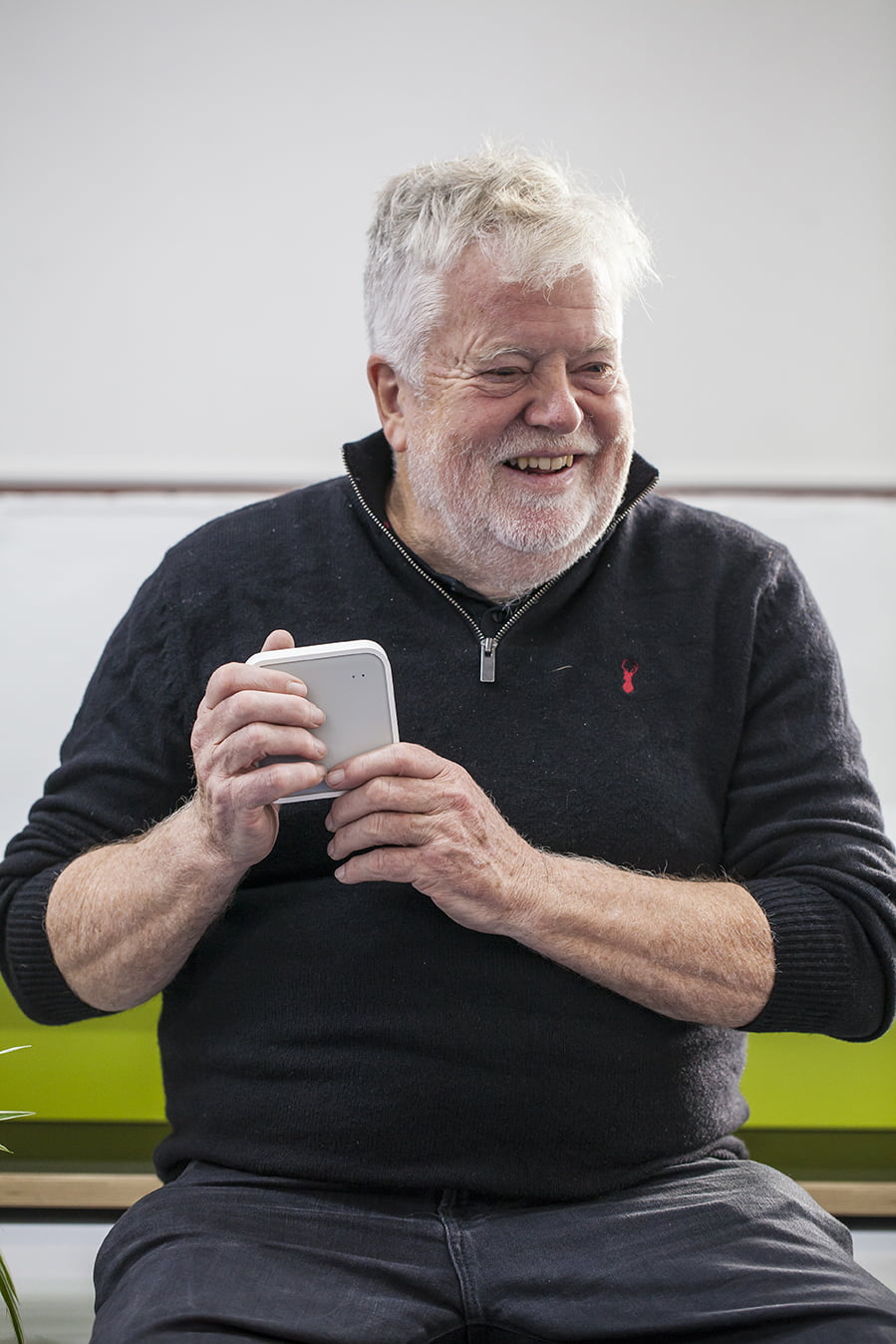Temperature and humidity
And their effect on learning environments
Temperature and humidity
Both humidity and temperature levels are proven to have an effect on the performance of children in the classroom. Humidity tends to have an effect that is closely linked to temperature.
There is an optimal temperature range for learning. Outside that range performance suffers immediately. Learnometer will measure temperatures between -40 and 125°C (-40 and 257°F) ±0.2°C.
Professor Heppell suggests between 18 and 21 degrees centigrade is ideal for learning environments.
Humidity raises similar concerns to temperature, but also bringing other health risks like toxic mould spores. Dehydration also damages cognitive performance. the Learnometer will measure levels between 0 and 100% ±2%
“With much data already logged, we know that many classrooms are either too hot or (less damagingly) too cold for learning. Even though national law (eg UK) does not usually give an upper limit for temperature, research broadly suggests that between 18 and 21 degrees is ideal for learning, although it arguably doesn’t start to be significantly damaging for a couple more degrees.
Learnometer contains a sensitive digital thermometer and hygrometer which tell you the temperature of your classrooms throughout the day. You’d be amazed how much it changes.
Joshua Graff Zivin, of UCSD, and two colleagues in an NBER Working Paper noted that “we find that math performance declines linearly above 21C”. They thankfully didn’t see much accumulation of damage. Fix it and it ends.
More recently, R. Jisung Park, Joshua Goodman,and Mike Hurwitz (who were looking as the equity issue of schools who could cool spaces, and those who could not) found that “Using data from over 12,000 schools and 10 million middle- and high-school students across America, my colleagues and I found that students who experience more hot days during the school year perform worse on subsequent standardized exams. A small 1 degree hotter-than-average academic year reduces learning by about 1%.” An opinion piece by R. Jisung Park is here.

Stephen Heppell
Learnometer designer
